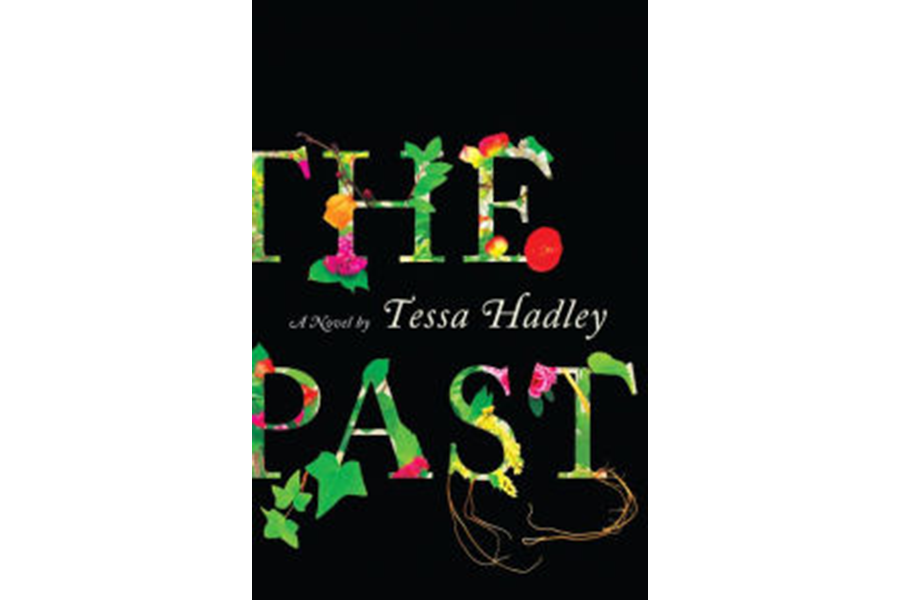'The Past' ruefully explores childhood memories of a beloved family home
Loading...
Three weeks cooped up with siblings, assorted in-laws, and various offspring in a house with a leaky roof and no wi-fi probably sounds, to most, like a recipe for disaster. (Cue the sound of employees volunteering to work weekends next July.)
But for Alice, Harriet, Roland, and Fran, summers mean Kington, their grandparents’ dilapidated, but much-loved cottage.
In Tessa Hadley’s wise, rueful novel, The Past, every family holiday has blurred together to the point where brother and sisters can’t tell what happened which year.
“This was more than just a recoil of laziness: the past of the place enfolded them as soon as they arrives, they fell back inside its patterns and repetitions, absorbed in what had been done there before. Afterwards, they couldn’t distinguish one holiday at Kington from another,” she writes.
Of Christmases, she says, “Slowly they aged, wearing the same paper hats.”
Kington, surrounded on all four sides by gardens, represented stability for the siblings, who had to look after one another after their mother died and their father abandoned them for life in France as an artist whose paintings were “half Van Gogh, half album cover.”
Their grandfather was a vicar and poet; their grandmother, a gentle gardener and embroiderer of wildflowers on hassocks.
“The house was a white cube two storeys high, wrapped round on all four sides by garden, with French windows and a veranda at the back and a lawn sloping to a stream; the walls inside were mottled with brown damp, there was no central heating and the roof leaked,” Hadley writes. “There was always a moment of adjustment as the shabby, needy actuality of the place settled over their too-hopeful idea of it.”
Shabby, unheated, and damp – Kington still calls to them, even well into middle age.
“It always has to be here to come back to,” Roland’s teenage daughter Molly says.
Alice, the first to arrive, observes, “Every other house she’d lived in seemed, beside this one, only a stage set for a performance.”
The performers, this year, have changed: Roland is bringing his new wife, Pilar, a lawyer from Argentina, along with Molly; Alice has brought Kasim, the son of her former lover. Fran’s husband, a musician, remembered a gig at the last minute, leaving a resentful Fran to travel alone with kids Ivy and Arthur. Harriet, the oldest, also arrived solo, without her longtime companion Christopher.
In addition to the enlarged cast, this summer may be different: It may be the last. The siblings have to decide whether their money can stretch far enough to fix the roof and perhaps Internet, or whether it’s time to let Kington go.
– But that’s just what’s precious here, Alice protested.
– That we’re not in connection with everything outside. It’s a sanctuary.
Hadley’s novel is the kind of observant, bittersweet book whose pleasures defy plot summaries. There are misunderstandings, flirtations, kind gestures, and missed chances. The kids go exploring and find something nasty in an abandoned cottage. At least one sibling is hiding a secret.
The novel’s middle section opens up the past, heading back to the 1960s and the children’s first extended visit to Kington, but most of the book takes place over three weeks.
While Roland, the philosopher, declares that the English can’t do pastoral settings – “[W]e can only do the pastoral as pastiche. We only know how to be nostalgic about landscape, we don’t know how to imagine ourselves inside it” – Hadley is quite adept at conjuring the English countryside with a handful of words.
Kington’s wildlife is “a tickle of tiny movements in the hedgerows and grasses,” while the vacationers go hiking in search of the waterfall, “which at this time of year wasn’t much more than a swell of liquid in a sodden long fall of emerald moss.”
The children, as tradition requires, go for ice cream (now made locally from sheep’s milk), simultaneously obsess over and try not to picture what they saw in the cottage, and play Monopoly. The teenagers, ostensibly babysitting, circle each other.
Harriet goes for tramps in the countryside and ocean swimming with Pilar. The others mostly stay close to home. Alice, for her part, has flung herself into nostalgia, reading her old E. Nesbit novels (first up: “The Wouldbegoods” ), and breaking into her grandmother’s locked desk to find the letters the siblings wrote when their mother was in the hospital.
The past may be a foreign country, but Alice is far less certain what to make of the present.
“What a compromised generation theirs was, she thought. Materially, they had so much, and yet they were haunted by this sensation of existing in an aftermath, after the best had passed.”
With Hadley’s wry insights and gorgeous sentences, readers, like Alice, will find themselves only too happy to be enfolded by “The Past.”








